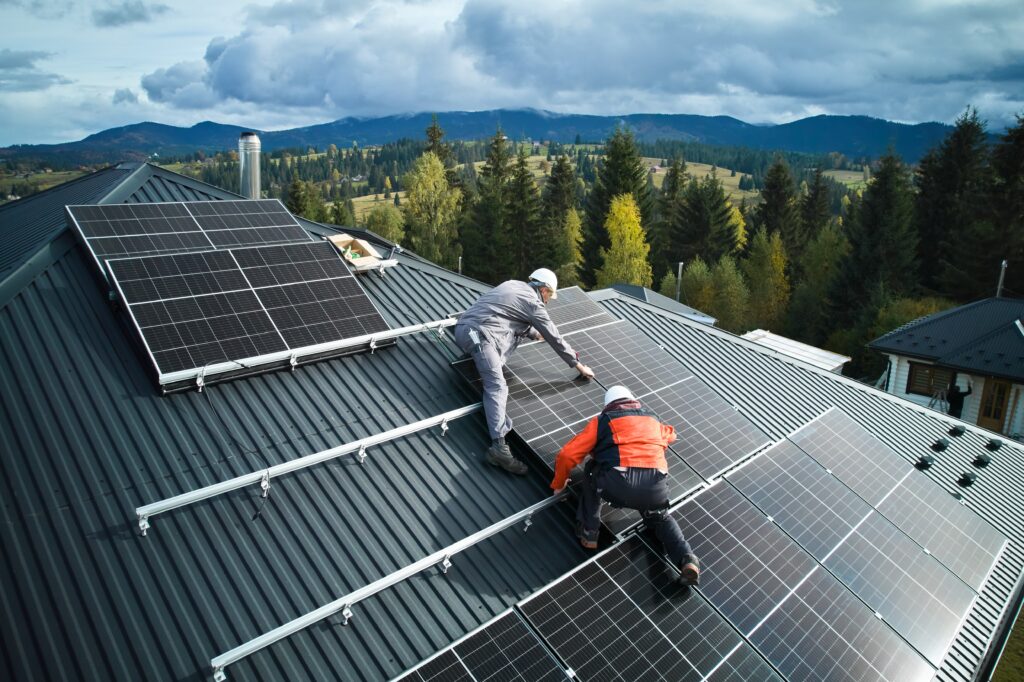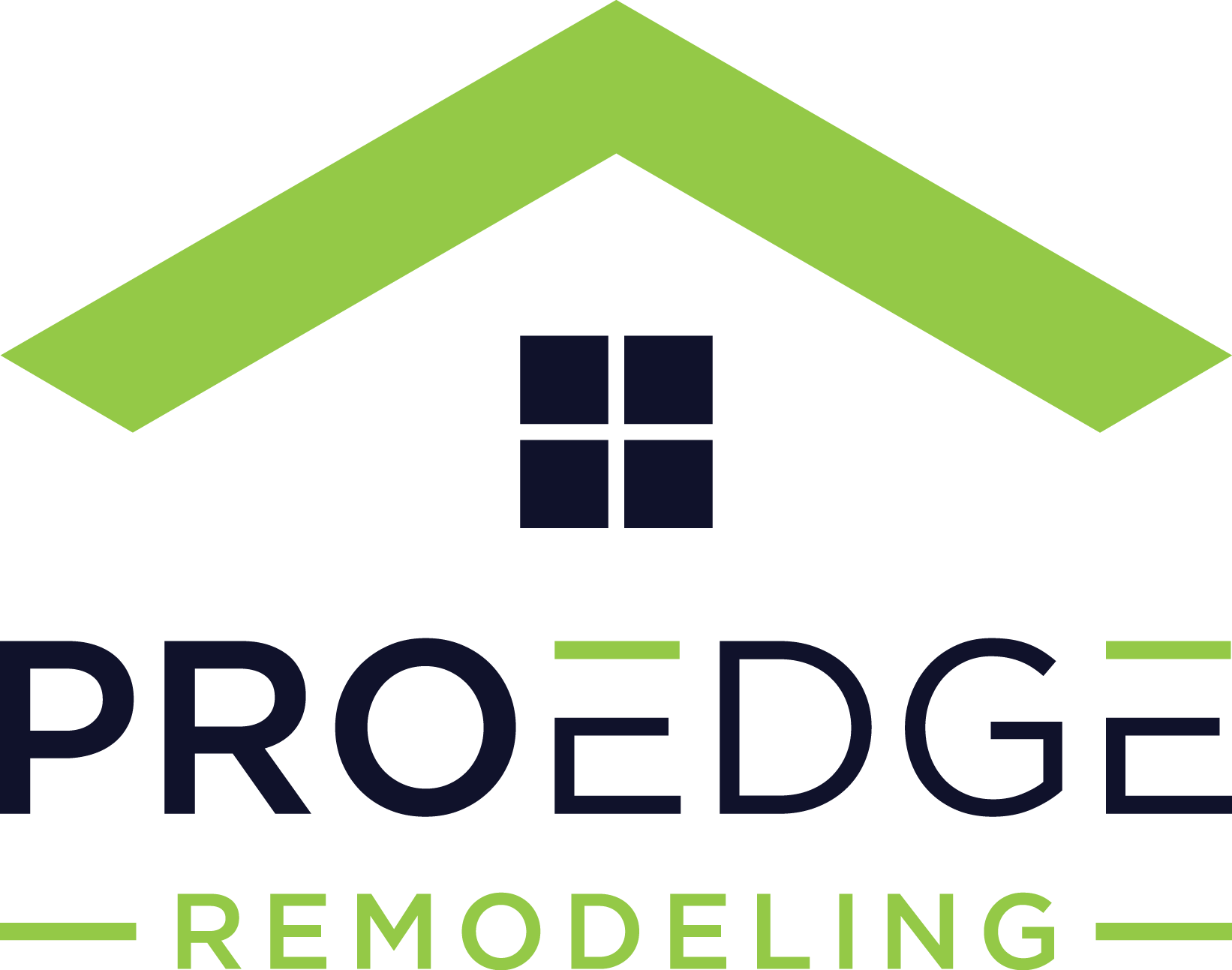Types of Solar Panels for Your Home

Thinking about adding solar panels to your home? Solar energy is becoming more popular than ever, with homeowners looking to save money on their energy bills, reduce their carbon footprint, and even increase their property value.
But before you jump in, it’s important to know that not all solar panels are the same. The type you choose can impact everything from efficiency and durability to how well they perform in your specific location.
Understanding the different options will help you make the most of your investment. Let’s break down the main types of solar panels so you can find the perfect fit for your home.
Table of Contents
Why Choose Solar Panels for Your Home?
Solar panels can seriously cut down your energy bills. Once they’re installed, you’re harnessing free power from the sun. Over time, that can add up to significant savings, especially if you live somewhere sunny. Plus, who doesn’t love the idea of paying less for electricity?
Beyond saving money, going solar is also great for the environment. Solar energy is clean and renewable, which means you’re reducing your carbon footprint and helping to protect the planet. It’s a feel-good way to power your home and do your part for a greener future.
Another big perk? Energy independence. With solar panels, you’re less reliant on the grid, which can be a lifesaver during power outages or when energy prices spike. You’re taking control of your own power supply.
Of course, before you dive in, there are a few things to think about. Location is key—if your home doesn’t get a lot of direct sunlight, you might not see the full benefits. Budget is another factor since solar panels can be a bit of an investment upfront.
It’s also important to consider your energy needs. The type and number of panels you choose will depend on how much power you actually use. Taking the time to weigh these factors will help you make a smart choice and get the most out of your solar setup!
Main Types of Residential Solar Panels
When it comes to choosing solar panels for your home, there are three main types you’ll come across: monocrystalline, polycrystalline, and thin-film.
Each has its own strengths and weaknesses, so understanding the basics will help you pick the one that makes the most sense for your setup. Let’s break it down!
1. Monocrystalline Solar Panels
If you’re looking for top-notch efficiency, monocrystalline panels are the way to go. These panels are known for their sleek black appearance and are made from a single, pure crystal structure, which makes them super efficient at converting sunlight into electricity. They’re also built to last, so you’ll get years of reliable energy from them.
Pros: Monocrystalline panels are great if you’re tight on roof space since they produce more power per square foot. Plus, they’re durable, making them a solid long-term investment.
Cons: The downside? They tend to be more expensive than other types. But if you’re after maximum efficiency and don’t mind the upfront cost, they’re worth it.
Best for: Homeowners who want the most efficient panels and have limited roof space.
2. Polycrystalline Solar Panels
Polycrystalline panels are another popular choice, and they’re generally more affordable than monocrystalline ones. These panels have a distinctive blue color and are made from silicon crystals melted together.
While they don’t hit the same efficiency levels as monocrystalline, they’re still pretty good at producing power—just not as efficiently in smaller spaces.
Pros: Budget-friendly and good efficiency for the price.
Cons: These panels can struggle a bit in high temperatures and aren’t quite as efficient as monocrystalline, so you’ll need more of them to generate the same amount of power.
Best for: Homeowners who want a cost-effective solution and have enough roof space to accommodate the extra panels.
3. Thin-Film Solar Panels
These are the lightweight, flexible options. Thin-film panels are made from a variety of materials like cadmium telluride or amorphous silicon, and they’re much thinner than crystalline panels. Because they’re so flexible, they’re ideal for unconventional roof shapes or large, flat areas.
Pros: Super easy to install and can be placed on a variety of surfaces. They’re also lightweight, which makes them easier to handle during installation.
Cons: Unfortunately, they’re the least efficient of the three types and generally have a shorter lifespan. You’ll need more space to generate the same amount of power as crystalline panels.
Best for: Homes with unique roof shapes or plenty of surface area to work with.
Comparing Solar Panel Types
Alright, so now that you know the basics about the three main types of solar panels, how do you actually decide which one is right for your home?
Let’s compare them in a few key areas so you can figure out what works best for your situation.
Efficiency: Monocrystalline vs. Polycrystalline vs. Thin-Film
When it comes to efficiency, monocrystalline panels take the top spot. These panels are champs at converting sunlight into electricity, making them perfect if you’ve got limited roof space but still want to maximize power output.
Polycrystalline panels come in second. They’re efficient enough to do the job, but they don’t quite hit the same performance levels as monocrystalline—especially when space is an issue.
Thin-film panels, on the other hand, are the least efficient. They work best when you have plenty of space to accommodate more panels, and they’re usually chosen for their flexibility rather than their power output.
Bottom line: If efficiency is your top priority and you’re okay with spending a bit more, go with monocrystalline. If you’re balancing cost and efficiency, polycrystalline is a good middle ground. Thin-film is great if your roof layout is unconventional or you have lots of surface area.
Durability
Monocrystalline panels win again in terms of durability. They’re built to withstand harsh weather conditions and can last 25 years or more with proper maintenance. Polycrystalline panels are also pretty durable, though they might not hold up quite as well in extreme heat.
Thin-film panels, while lightweight and flexible, tend to have a shorter lifespan compared to the crystalline types. You might see around 10 to 20 years from thin-film panels, depending on the material and upkeep.
Bottom line: If you want solar panels that will last for decades, monocrystalline or polycrystalline are your best bets. Thin-film is more of a temporary or specialized solution.
Cost Considerations: Budget vs. Long-Term Savings
It’s no secret that solar panels are an investment, but the cost can vary quite a bit depending on the type. Monocrystalline panels are the most expensive upfront, but their efficiency and longevity often make them worth it in the long run.
Polycrystalline panels are more budget-friendly and still provide decent efficiency, making them a popular choice for homeowners who want a balance between cost and performance.
Thin-film panels are typically the cheapest to buy and install, but because they’re less efficient, you might need more of them to generate the same amount of power—so costs can add up if you need a lot of coverage.
Bottom line: If you’re focused on long-term savings and can afford the initial cost, monocrystalline is ideal. For a good compromise, go polycrystalline. If upfront cost is the biggest concern, thin-film might be the way to go.
Space Requirements
Your roof layout can make a big difference in your choice. Monocrystalline panels are great if you need to pack as much power as possible into a small area. Polycrystalline panels take up a bit more space for the same output but are still manageable for most homes.
Thin-film panels are super versatile since they’re flexible, but you’ll need a lot of surface area to make them worthwhile. They’re best for larger, flatter roofs or unconventional shapes where rigid panels just won’t work.
Bottom line: If you’re tight on space, go with monocrystalline. If you have a decent-sized roof and want to save a bit, polycrystalline is a good option. Thin-film works best for large or irregularly shaped roofs.
Additional Factors to Consider When Choosing Solar Panels
Alright, so you’ve got the basics down on the different types of solar panels. But before you make your final decision, there are a few more things to keep in mind. Let’s look at some additional factors that can make a big difference when choosing the right solar panels for your home.
Climate and Weather Conditions
Believe it or not, your local climate plays a huge role in how well your solar panels will perform. If you live in a sunny area with minimal cloud cover, you’re in luck! Monocrystalline and polycrystalline panels both do great in sunny, dry climates. However, if you live somewhere with a lot of overcast days or heavy snowfall, you might notice a drop in efficiency.
Thin-film panels, on the other hand, can perform a bit better in low light or cloudy conditions. They’re also more flexible and can withstand temperature fluctuations, which is a plus if you live in an area with extreme weather changes.
Bottom line: If you’re in a hot, sunny place, monocrystalline is your best bet. For areas with fluctuating weather or more cloudy days, consider thin-film.
Roof Orientation and Shading
Your roof’s orientation (basically, which way it faces) can make or break your solar setup. Ideally, your panels should face south to catch the most sunlight throughout the day. East and west-facing panels can still work, but they may not be as efficient.
Shading is another big deal. If your roof is covered by large trees or other buildings for most of the day, it’s going to impact how much power your panels can generate. Monocrystalline panels are a bit more forgiving when it comes to partial shading compared to polycrystalline, but you’ll still see a dip in efficiency. Thin-film panels are less efficient overall, but because they’re flexible, you might have more options for placement to avoid shaded spots.
Bottom line: Make sure your roof gets plenty of direct sunlight before committing. If shading is an issue, consider professional advice on how to maximize exposure.
Local Regulations and Incentives
One of the most overlooked aspects of going solar is dealing with local rules and incentives. Some areas have strict regulations about where and how you can install solar panels, so it’s worth checking with your local government or homeowners’ association (HOA) before you start.
On the flip side, many states and municipalities offer financial incentives for installing solar panels—think rebates, tax credits, and even programs where you can sell excess energy back to the grid. Federal incentives are also worth exploring since they can help cut down your initial investment.
Bottom line: Do a little homework to find out what permits you need and what incentives are available in your area. Sometimes these perks can make the difference between an expensive upgrade and a smart investment.
Routine Maintenance Tips for Each Type
Solar panels are generally pretty low-maintenance, but keeping them clean and well-maintained will help them perform at their best.
Monocrystalline Panels
These guys are built to last, but they still need a little attention. Since they’re usually installed in prime spots with lots of sunlight, they can get dusty, covered with leaves, or even hit with bird droppings. A quick rinse with a garden hose every few months can help keep them clean. For more stubborn dirt, use a soft cloth or sponge with mild soap and water.
Pro tip: Inspect the panels every few months to make sure there’s no physical damage or loose connections, especially after a storm.
Polycrystalline Panels
Similar maintenance rules apply here. Since polycrystalline panels are often used in larger arrays, you’ll want to keep an eye on all the connections and make sure the surface stays clean. Dust and grime can cut down on efficiency, so a good wash every few months is key.
Pro tip: If you notice a drop in performance, check for any signs of damage or debris build-up and address it right away.
Thin-Film Panels
These panels are a bit different since they’re often installed on non-traditional surfaces or even flat roofs. Because they’re lightweight and flexible, they can be more prone to damage if something falls on them. Regularly checking for tears or wear is important.
Since thin-film panels can get dirtier faster, especially if they’re flat-mounted, make sure to clean them regularly with a soft brush or low-pressure water. Avoid using harsh chemicals that could degrade the thin material.
Pro tip: Because thin-film panels are more delicate, be extra gentle when cleaning to avoid damaging the surface.
Expected Lifespan and Warranty Considerations
Solar panels aren’t just a quick fix—they’re a long-term investment. So, it’s good to know how long they’ll keep working and what kind of coverage you can expect.
Monocrystalline Panels:
These panels typically last around 25 to 30 years, and most come with a 25-year warranty. The efficiency might drop a little over time, but they’re known for maintaining high performance for decades. You’ll usually see only about a 0.5% decrease in efficiency per year.
Polycrystalline Panels:
A bit less durable than monocrystalline, polycrystalline panels usually have a lifespan of about 20 to 25 years. Their warranties often cover around 20 years, which is still pretty solid. They might lose efficiency a little faster than mono panels, but they’re still built to last.
Thin-Film Panels:
These have the shortest lifespan, typically around 10 to 20 years, depending on the material. Warranties can vary a lot, but they’re usually shorter—often around 10 to 15 years. Efficiency loss happens more quickly with thin-film, so they’re not as long-lasting as crystalline options.
Taking care of your solar panels doesn’t have to be a huge chore. Just keep them clean, check for damage periodically, and follow the manufacturer’s maintenance guidelines. By staying on top of routine upkeep, you’ll help ensure your panels stay efficient and reliable.
Conclusion
Choosing the right solar panels for your home doesn’t have to be overwhelming. Just remember to weigh your options based on efficiency, durability, cost, and how much roof space you have. Whether you go with monocrystalline for top performance, polycrystalline for a good balance, or thin-film for flexibility, picking the right fit can make a big difference in how much you save over time.
If you’re still unsure, don’t hesitate to reach out to a solar energy expert who can help you figure out what works best for your unique situation. They’ll take into account your location, roof setup, and energy needs to recommend the best option.
Ready to take the next step? Start exploring local solar panel installation companies and see what incentives are available in your area. Going solar not only helps you save money but also gives you more control over your energy use—plus, it’s a great way to reduce your carbon footprint.
Additional Solar Resources
- The Pros and Cons of Going Solar
- How Much Can You Save with a Solar Water Heater?
- What’s the Cost to Go Solar?

Anna has over six years of experience in the home services and journalism industries and serves as the Content Manager at MyHomePros.com, specializing in making complex home improvement topics like HVAC, roofing, and plumbing accessible to all. With a bachelor’s degree in journalism from Auburn University, she excels in crafting localized, comprehensive guides that cater to homeowners’ unique needs. Living on both coasts of the United States has equipped her with a distinctive perspective, fueling her passion for turning any house into a cherished home through informed, personalized decision-making.








